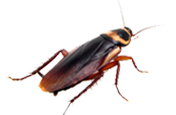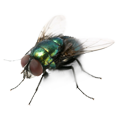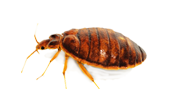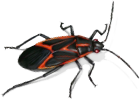Pests aren’t only a nuisance, they also spread disease and can threaten the integrity of your home.
Midwest Pest Control offers targeted pest control solutions that focus on your home and its surrounding areas. Then once the pests are gone we use a barrier treatment around your homes perimeter that will keep them from coming back and eliminate the need for any additional treatments within the home.
Midwest Pest Control offers top notch service at the competitive price you will find in the Waukesha/Milwaukee metropolitan area. In most cases we can give you a price quote right over the telephone and then come to do the job
within a day or 2.


















